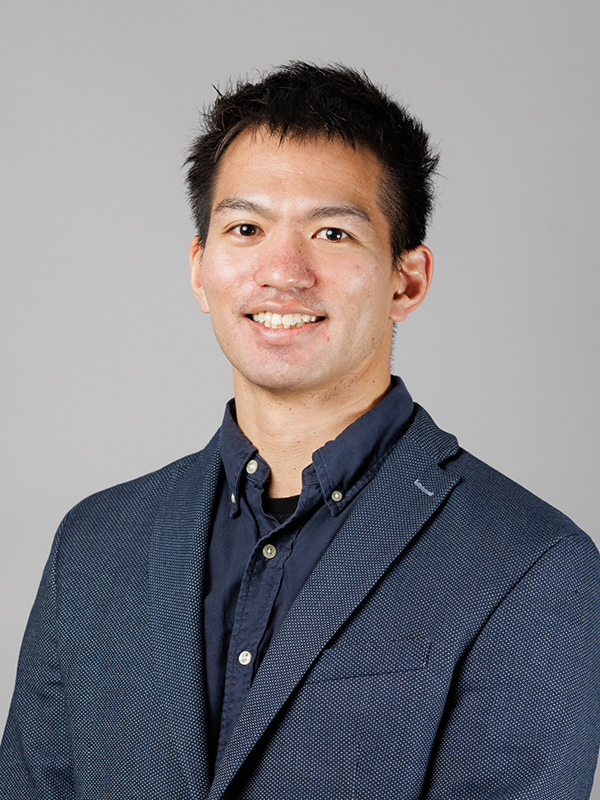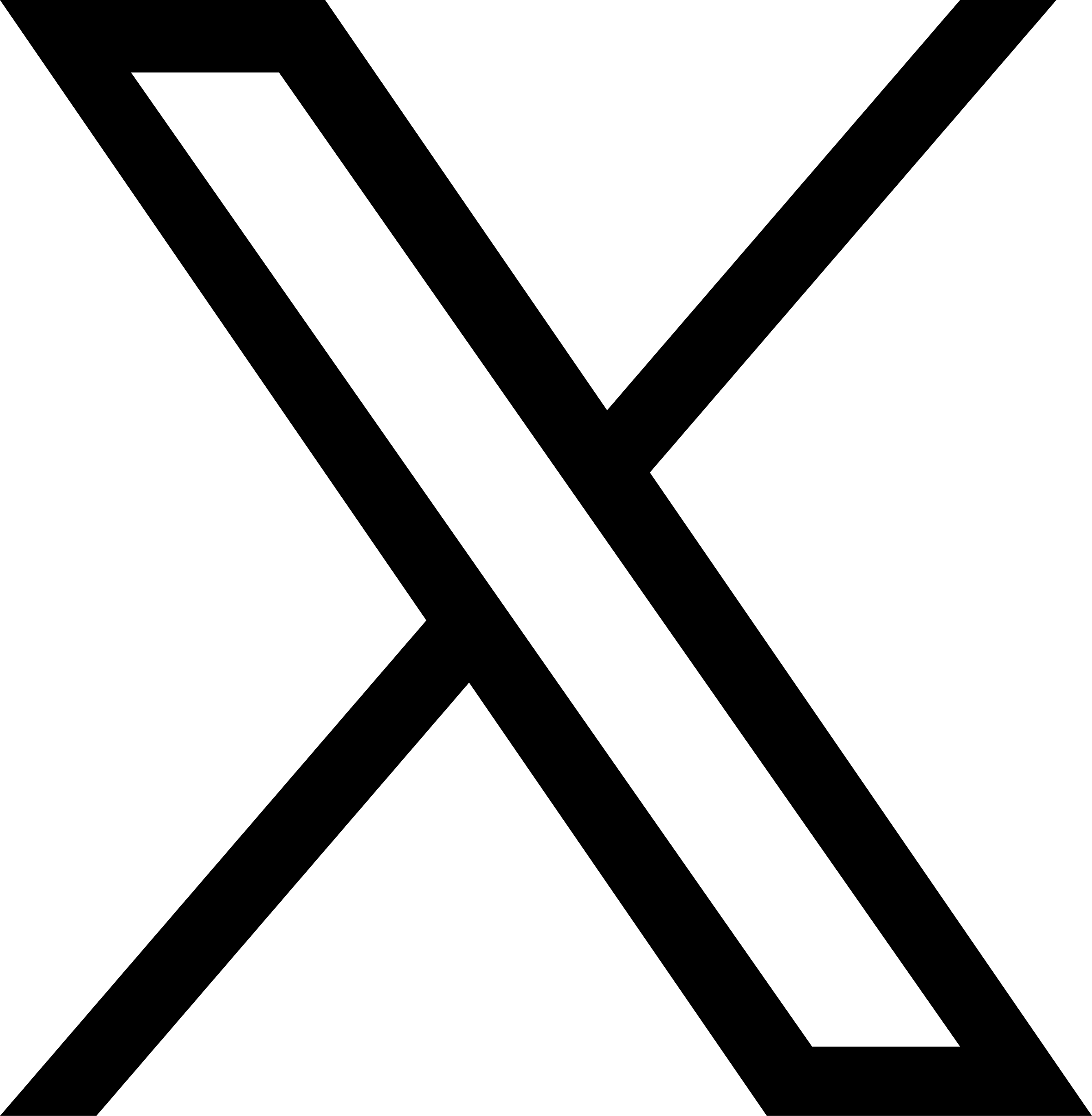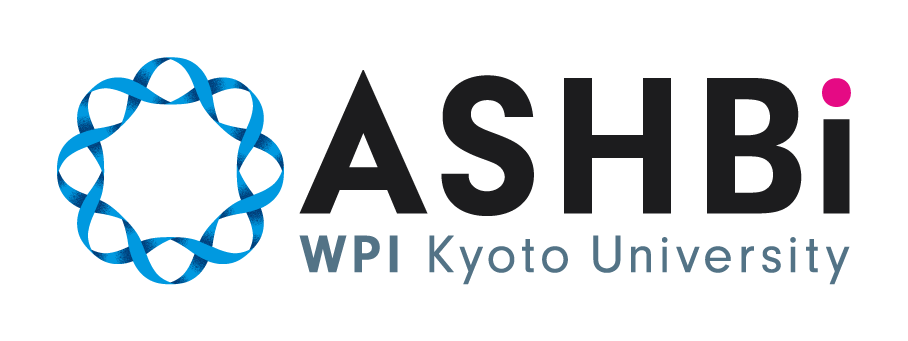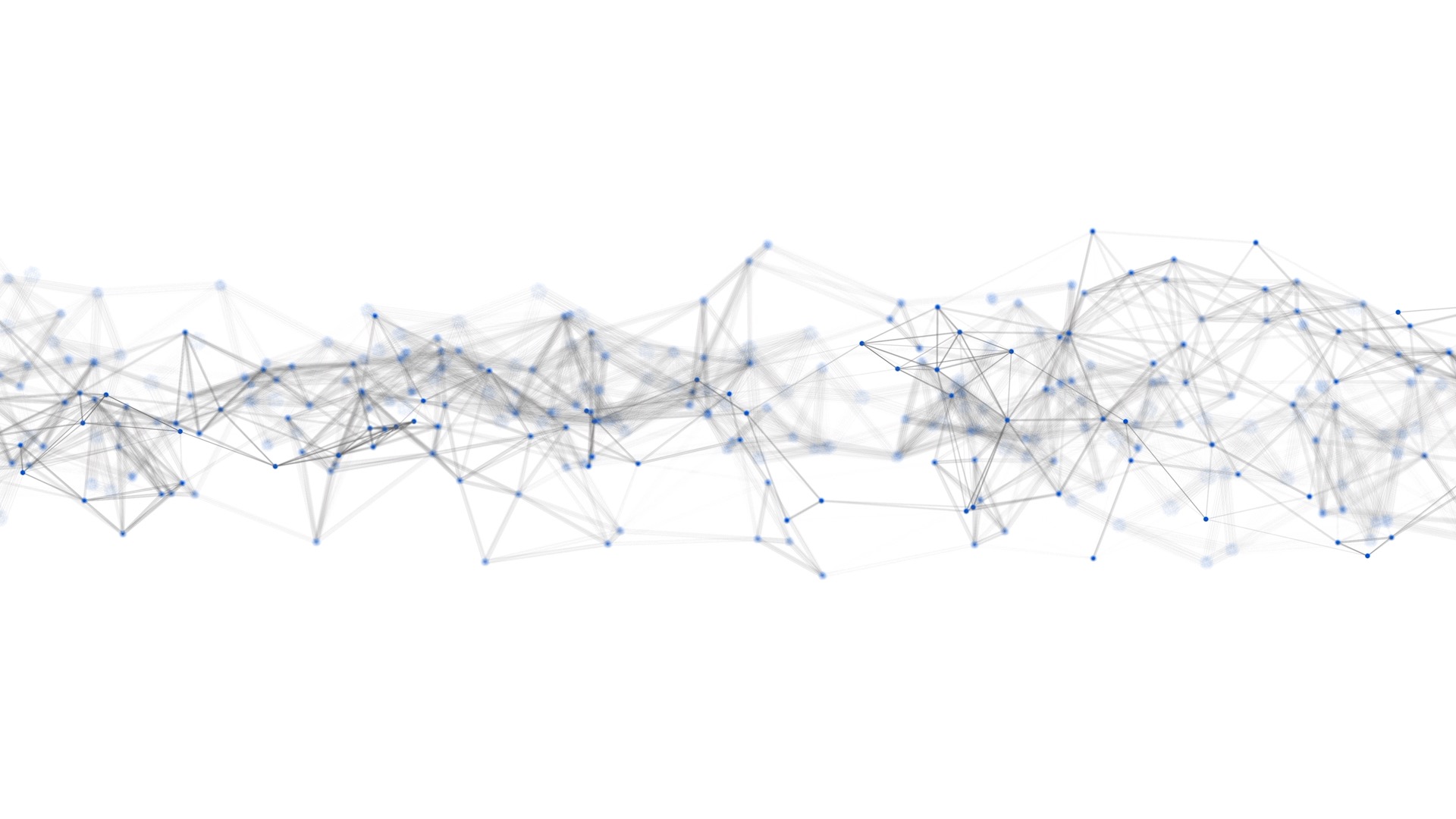
Rio Tsutsumi
| Position | Assistant Professor | |
|---|---|---|
| Research Field | Developmental Biology, Evolutionary Biology | |
| Awards | Postdoc Poster Award at SDB West Coast Regional Meeting(2017) The ISSCR Zhongmei Chen Yong Award for Scientific Excellence(2021) | |
| ORCID | https://orcid.org/0000-0001-9473-3923 | |
| Joined | Nov. 1, 2019 | |

|

|

|
Research Overview
In vivo reconstruction of limb morphogenesis
I am interested in limb development, regeneration and evolution. Human limbs have one bone in the proximal part (humerus or femur), two bones in the middle part (radius and ulna or fibula and tibia), and many small bones including five rays of phalanges in the distal part, which are typical pattern as tetrapod animals. However, the extensively elongated legs are one of the unique features of our body which enable upright bipedality. How those position- and species-specific morphologies of the limb are determined?
Essentially, morphologies of our body are determined by textual information of genomes and inner/outer cellular environment. Although the entire genomic sequence is available now and developmental genetics have revealed molecular key players of limb morphogenesis, it is not yet possible to predict morphologies from genomes nor design morphologies by editing genomes. In this sense, we are still far from understanding how genome works as “the blue print” of shape of the body.
We suppose the important leads to this question are that different species with different genomes develop different shapes, and differences in cellular behaviors collectively bring about different tissue morphologies. Thus, three-dimensional stem cell engineering is a powerful approach as it allows us to manipulate cellular environment, visualize cellular behaviors, and compare multiple species including human and mouse during tissue development.
We use limb bud cells derived from mouse embryo, differentiated mouse and human embryonic stem cells and culture those cells in three-dimensional environment to extract, manipulate, and compare some aspects of limb morphogenesis in vitro. We expect that our research will contribute to further understanding of limb development and evolution and clinical insights into limb malformations, and regeneration of missing appendage.
We are trying to capture some aspects of limb morphogenesis in culture environment and study how molecular information affects cellular behaviors and collectively morphological transformation.
Biography
Rio Tsutsumi obtained his PhD (Science) from Kyoto University under supervision of Dr. Kiyokazu Agata in 2015. After having postdoctoral training in Dr. Kimberly Cooper’s lab at University of California, San Diego, US from 2015 to 2019, he joined Dr. Mototsugu Eiraku’s lab at Kyoto University as a postdoc in 2019 and appointed Assistant Professor in 2022.
Publications
How might we build limbs in vitro informed by the modular aspects and tissue-dependency in limb development?
Tsutsumi R, Eiraku M
Front. Cell Dev. Biol., 2023 Volume 11
Maturating Articular Cartilage Can Induce Ectopic Joint-Like Structures in Neonatal Mice
Miura S, Tsutsumi R, Agata K, Endo T
Regenerative Engineering and Translational Medicine 2020 Volume 6, Issue 4, Pages 373-382
Evolutionary loss of foot muscle during development with characteristics of atrophy and no evidence of cell death
Tran MP, Tsutsumi R, Erberich JM, Chen KD, Flores MD, Cooper KL
eLife 2019 8:e50645.
Convergent metatarsal fusion in jerboas and chickens is mediated by similarities and differences in the patterns of osteoblast and osteoclast activities
Gutierrez HL*, Tsutsumi R*, Moore TY, Cooper KL
*Equal contributions
Development and Evolution 2019 Volume 21 Issue 6, Pages320-329.
Changing While Staying the Same: Preservation of Structural Continuity During Limb Evolution by Developmental Integration
Tsutsumi R, Tran MP, Cooper KL.
Integrative and Comparative Biology 2017 Dec Volume 57, Issue 6, Pages 1269-1280


